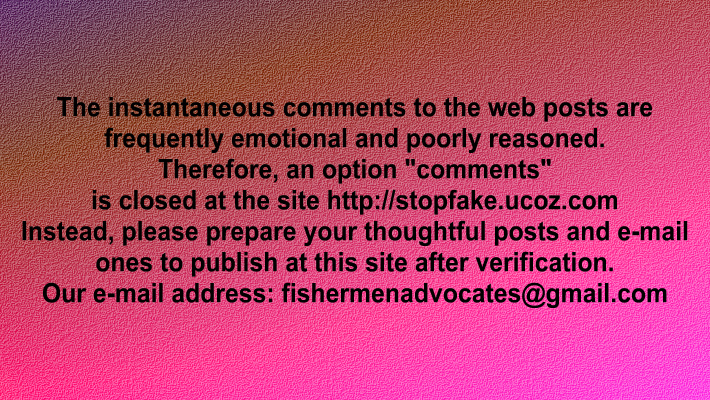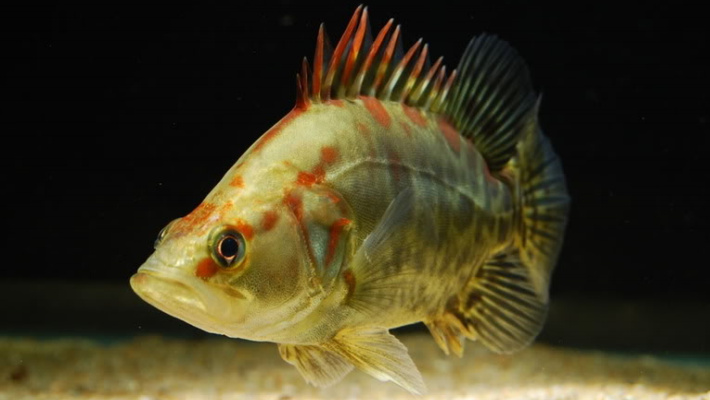|
It is no
secret that the most of amateur and professional anglers have not basic knowledge on fish behaviour, an area of fish
vital functions that is studied by ethology. On the other hand, the most of
ethologists do not know that an area of artificial fishing lures is the most
extensive area of scientific, design and applied activity of human, where the numerous
artificial stimuli are used.
The
book "Fishing: an ethological approach” takes an intermediate position between these
extremes. The following
main directions are developed in the book offered to your attention.
Elaborating
the newest artificial, seminatural and natural lures, baits, groundbaits and
attractants is the first direction. In the framework of this direction, you
will know, for example, about the most strong
feeding attractants that can include up to 100 ingredients plus
infochemicals, cannot be repeated artificially and knock down any other
attractants, or about the most strong fish aggregators that allow to attract
thousands of small baitfish and, in turn, tens of predatory fish.
The
second direction is connected with the verification of new and available commercial
lures, baits, groundbaits and attractants based on field or laboratory
statistically grounded experiments. In particular, field testing commercial
lures, baits, groundbaits and attractants show that the publicized effectiveness
of many of them is falsfied or exaggerated, the use of groundbaits with ingredients
alien to the freshwater environment leads to the eutrophication of this
environment.
Finally,
some general aspects of fish ethology and ecology form the third direction.
The
content of the book is represented in the form of relatively short posts that
are more readable than long articles. Short posts in e-format are easily edited
and modified. This format leads to some repetitions, but these repetitions contribute to the better memorization of the
materials.
The
first edition of the book contains more than 100 posts. The book is written in language close to the language of the journal "Scientific America”.
| 







 SUBSCRIBE
SUBSCRIBE


